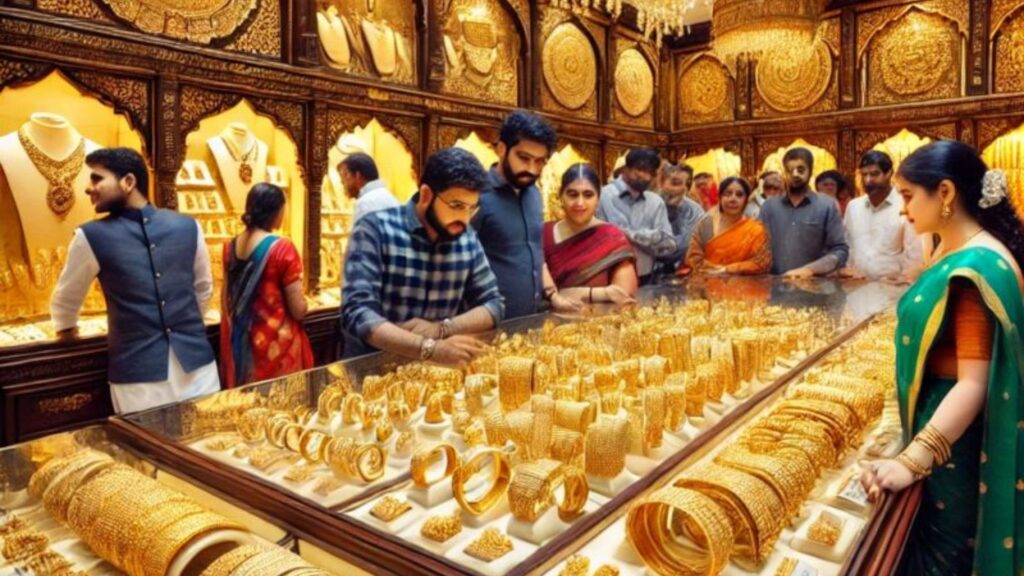India’s domestic jewellery industry is poised for robust growth, projected to reach a market value of USD 145 billion by FY28, according to a recent report by Minerva Capital Research. The sector is expected to grow at a compound annual growth rate (CAGR) of 16 per cent between FY24 and FY28, signaling a significant transformation in consumer behavior and market structure.
The report underscores a major shift from the unorganized to the organized jewellery segment. As of FY24, unorganized players command approximately 62 per cent of the market share. However, this is anticipated to decline to 57 per cent by FY28, while organized jewellers are projected to increase their market share to 43 per cent. This transition is being driven by growing consumer demand for transparency, assured quality, and branded jewellery offerings.
Geographically, the southern region continues to lead gold jewellery consumption, contributing about 40 per cent of the total demand in FY23. Western India follows with a 25 per cent share. Across the country, average wedding-related jewellery purchases typically range from 225 to 250 grams.
Consumer preferences also vary significantly by region. While traditional plain gold jewellery remains the favorite in southern India, the northern and western regions have shown a rising inclination toward lightweight and diamond-studded jewellery, especially in the 14k and 18k categories.
Profit margins also differ by product type. Plain gold jewellery yields gross margins of 10 to 14 per cent, while diamond-studded pieces offer significantly higher margins, ranging from 30 to 35 per cent. As of FY23, fine jewellery—which includes both gold and non-gold segments—accounted for nearly 90 per cent of the overall market, with an estimated valuation of USD 63 billion.
Government initiatives have played a crucial role in supporting the organized jewellery sector and boosting export potential. Measures such as the reduction of customs duties—gold and silver duties were cut from 15 per cent to 6 per cent, and platinum from 15.4 per cent to 6.4 per cent—announced in the Union Budget 2024, are expected to make the market more competitive. Additionally, the mandatory gold hallmarking rule, implemented from April 1, 2023, and the requirement of PAN cards for jewellery purchases above ₹2 lakh, aim to enhance transparency and accountability.
The report also points out growing participation from organized retailers in rural areas, which currently make up 58 per cent of total jewellery demand. Seasonal trends continue to influence demand, with sales peaking during wedding seasons, harvest periods, and major festivals like Diwali, Dhanteras, Akshaya Tritiya, and Ugadi.
One of the industry’s key strengths lies in its sustainable business model, as gold jewellery does not face inventory obsolescence. Old pieces can be melted and redesigned, allowing retailers to continually adapt to evolving trends without significant material loss.
With strong fundamentals, supportive policies, and evolving consumer preferences, India’s jewellery industry appears set for a golden future.

